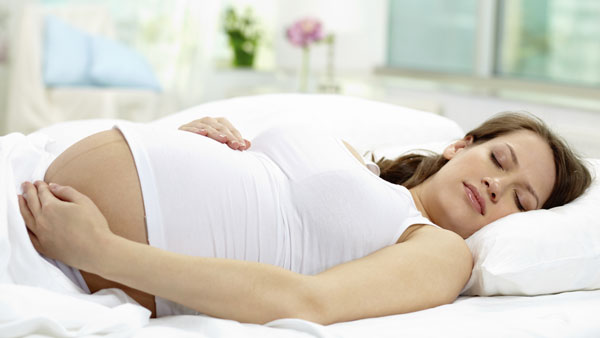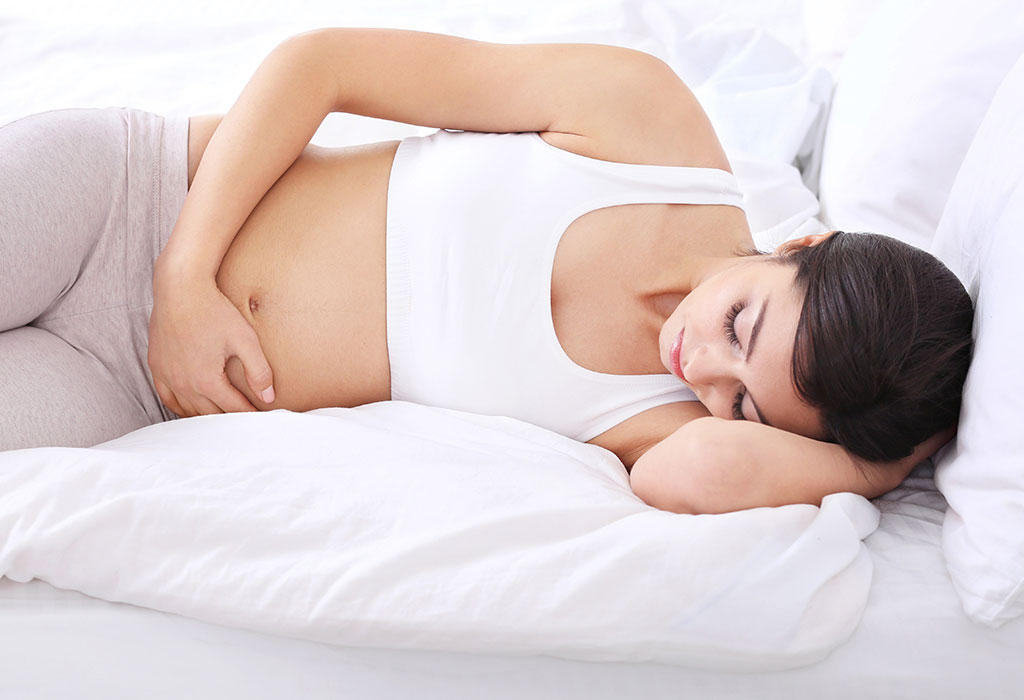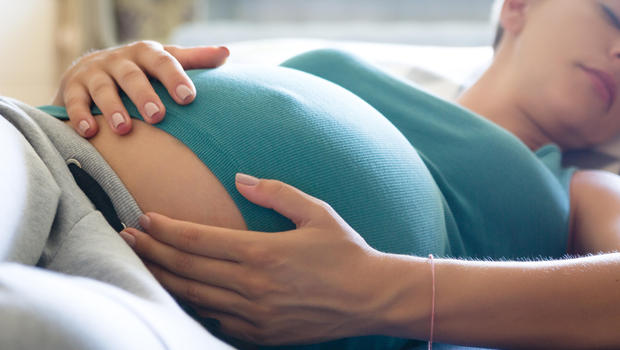Avoid this posture during late pregnancy
Mothers-to-be, take note! According to a recent study, reducing supine sleep - lying horizontally with the face and torso facing up during late pregnancy- may improve maternal and fetal health.

Washington DC: Mothers-to-be, take note! According to a recent study, reducing supine sleep - lying horizontally with the face and torso facing up during late pregnancy- may improve maternal and fetal health.
Results show that the median time spent sleeping supine was reduced significantly from 48.3 minutes during the control night to 28.5 minutes during the intervention night. An improvement was observed in both maternal and fetal parameters during the intervention night, with an increase in median minimum maternal oxygen saturation, fewer maternal oxygen desaturations, and fewer fetal heart rate decelerations.
Also Read: Body sensations are linked to conscious feelings
"Our findings suggest that women can comfortably sleep wearing a device around their waist that effectively stops them from sleeping on their back," said principal investigator Jane Warland of the University of South Australia.
Also Read |
6 pregnancy warning signs to look out for

"Using positional therapy to keep the pregnant mother off her back may reduce supine sleep in late pregnancy and may also provide both maternal and fetal health benefits, with minimal impact on maternal perception of sleep quality and sleep time."
According to the authors, most pregnant women spend about 25 per cent of their sleep time in the supine position, which may be a risk factor for stillbirth and low birth weight. This relationship may be due in part to an exacerbation of sleep-disordered breathing and deprivation of oxygen to the fetus when sleeping on the back.
While positional therapy is a well-accepted way to reduce supine sleep time and increase side-sleeping in adults with sleep-disordered breathing, no prior studies have examined its use in pregnant women.
Also Read |
Study reveals water births are as safe as land births for mom, baby

"Wearing a device that minimises back sleep, and which is comfortable and doesn't impact the mother's sleep length or quality, may be a simple way to reduce stillbirth incidence, especially if the mother is at increased risk due to other factors," Warland said.
Also Read: Depression risk in young adults associated with autism
The findings appear in the Journal of Clinical Sleep Medicine. (ANI)
 Dynamite News
Dynamite News 